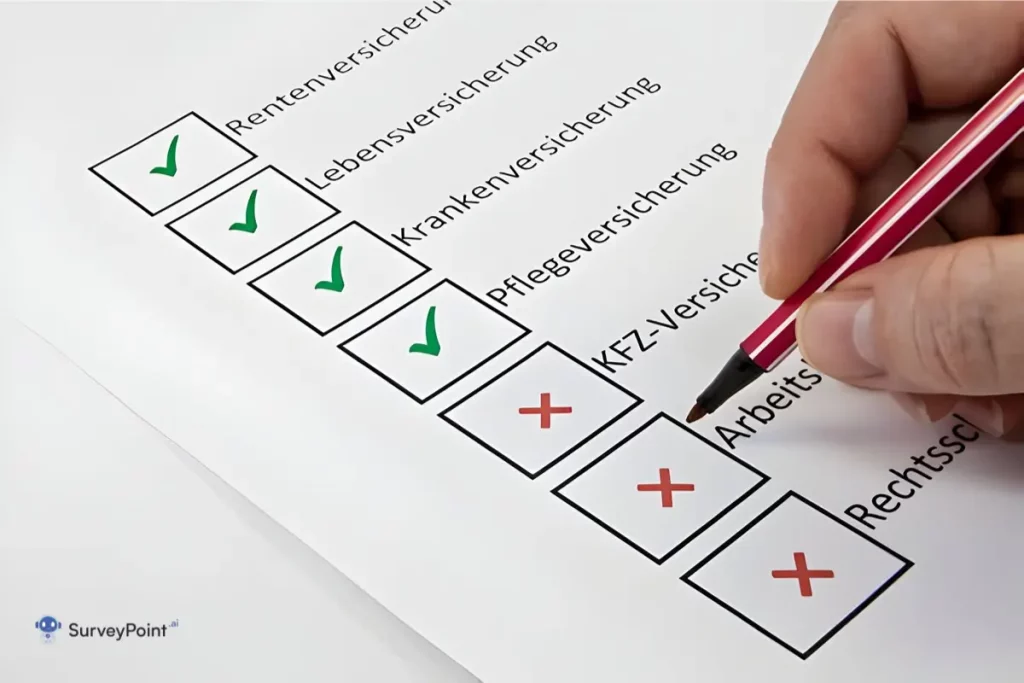
Are you looking to gather honest and detailed feedback from your audience? Making your Google Forms survey anonymous can be a game-changer. Let’s explore why anonymity matters and how you can set up an anonymous Google Forms survey to maximize feedback.
Why Google Forms Survey Anonymous Matter
Encourage Honest Responses
When people know their responses are anonymous, they’re more likely to be honest. They don’t have to worry about their answers being traced back to them, which leads to more accurate and genuine feedback.
Increase Participation Rates
Anonymity can boost participation rates. People are more inclined to fill out a survey if they know their identities aren’t attached to their responses. This can be particularly important for sensitive topics.
Build Trust
By assuring respondents that their feedback is anonymous, you build trust. This can be crucial in creating an environment where participants feel comfortable sharing their true thoughts and opinions.
How to Create an Google Forms Survey Anonymous
Step 1: Set Up Your Google Form
If you haven’t already, go to Google Forms and start a new form. You can choose from various templates or create a form from scratch.
Step 2: Adjust Form Settings for Anonymity
To ensure your survey is anonymous, you need to adjust the settings in Google Forms. Here’s how:
1. Turn Off Data Collection: In Google Forms, click on the gear icon (Settings) in the top right corner.
2. Uncheck Collect Email Addresses: Make sure the box next to “Collect email addresses” is unchecked. This will prevent Google Forms from automatically collecting email addresses from respondents.
3. Limit Responses: If you want to prevent multiple responses from the same person, you can limit responses by checking the “Limit to 1 response” box. However, this requires respondents to sign in, which may compromise anonymity. Consider the importance of limiting responses versus maintaining full anonymity.
Step 3: Craft Your Questions Carefully
To get the most out of your anonymous survey, pay attention to how you phrase your questions. Here are some tips:
Be Clear and Concise: Ensure your questions are easy to understand. Avoid jargon or complex language that might confuse respondents.
Use Open-Ended Questions: While multiple-choice questions are great for quantitative data, open-ended questions allow for more detailed feedback. Use a mix of both to get a comprehensive understanding of your respondents’ thoughts.
Avoid Personal Identifiers: Make sure your questions don’t inadvertently ask for identifying information. For example, instead of asking for a specific department name, ask about the type of work or general area of expertise.
Step 4: Test Your Survey
Before distributing your survey, test it to ensure it works as intended. Send it to a few colleagues or friends to check for any issues or potential breaches of anonymity. Make adjustments as necessary based on their feedback.
Tips for Maximizing Feedback
Promote Your Survey Effectively
To get a high response rate, you need to promote your survey effectively. Here are some strategies:
Email Campaigns: Send out personalized emails to your audience with a clear call to action to fill out the survey.
Social Media: Use your social media platforms to promote the survey. Explain the purpose of the survey and how their anonymous feedback will be used.
Website Pop-Ups: If you have a website, consider using pop-ups or banners to direct visitors to your survey.
You Must Know
Key Change Management Survey Questions for Effective Feedback
Effective Text Message Survey Example for Instant Feedback 2024
Incentivize Participation
Offering incentives can significantly increase participation rates. Consider providing a reward, such as a discount, entry into a prize draw, or access to exclusive content.
Follow Up: Google Forms Survey Anonymous
If your initial response rate is low, send out reminders. Sometimes people need a gentle nudge to complete a survey. Be polite and emphasize the importance of their feedback.
Analyze and Share Results
Once you’ve collected the responses, take the time to analyze the data thoroughly. Look for trends and insights that can help you improve your products, services, or processes. Share the results with your respondents if appropriate, showing them that their feedback has been heard and valued.
Common Concerns and Solutions
Will People Take the Survey Seriously If It’s Anonymous?
Some worry that anonymity might lead to less serious responses. While this is possible, the benefits of honest feedback typically outweigh this risk. To mitigate this, make sure to explain the importance of the survey and how the feedback will be used.
How Can I Ensure Responses Are Genuine?
While you can’t control every response, you can design your survey to encourage thoughtful answers. Use a mix of question types and avoid leading questions that might influence respondents.
Final Thoughts: The Power Google Forms Survey Anonymous
Anonymous surveys can be a powerful tool for gathering honest and valuable feedback. By ensuring your Google Forms survey is anonymous, you encourage more participation and get more accurate insights. Remember to craft your questions carefully, promote your survey effectively, and analyze the results thoroughly. With these steps, you’ll be well on your way to maximizing feedback and making informed decisions based on genuine input from your audience.
Ready to gather honest feedback? Start creating your anonymous Google Forms survey today and see the difference it makes. Your audience’s insights are invaluable – make sure you’re getting the most accurate and genuine feedback possible!

